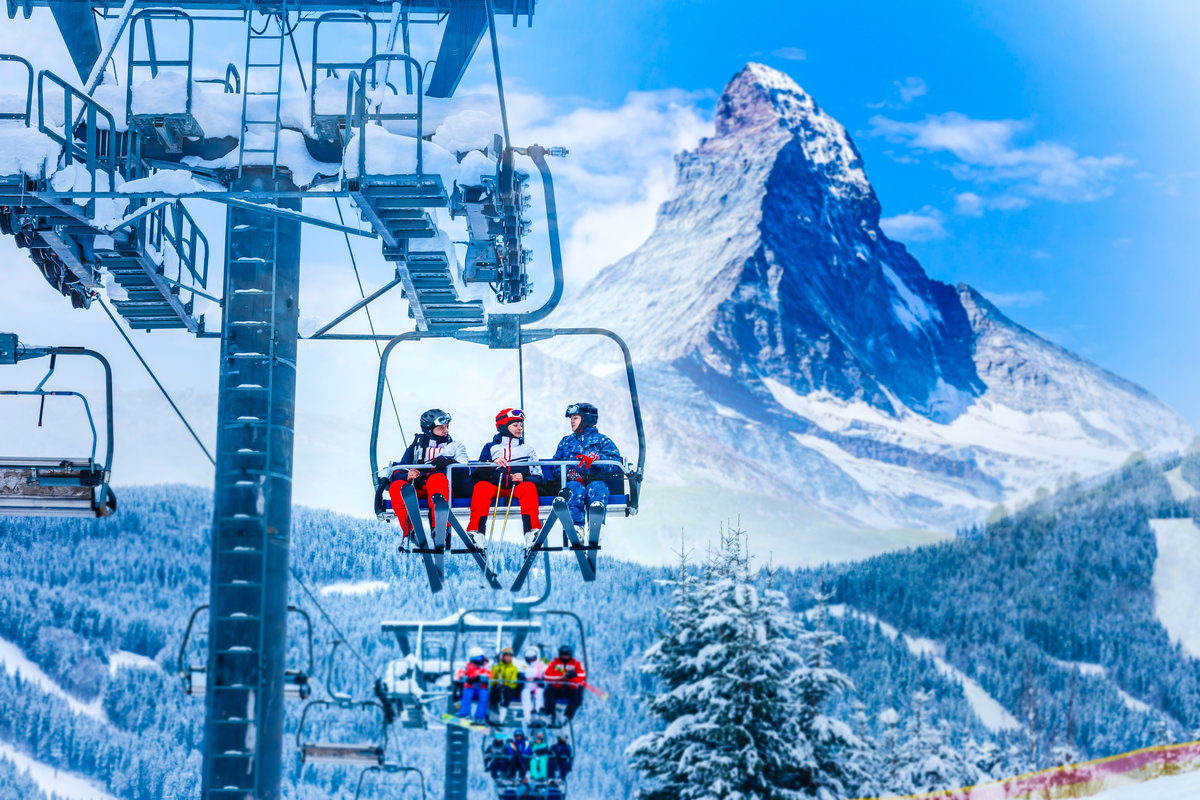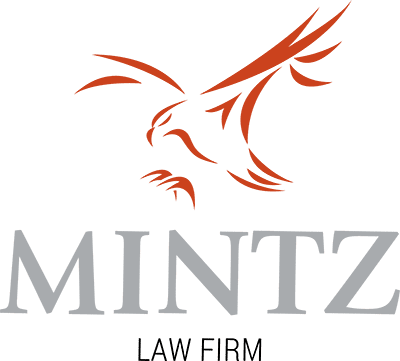What is the Role of Ski Resorts in Ensuring Guest Safety?

Ski resorts have a massive responsibility to protect thousands of visitors who race down their slopes each winter, yet accidents still happen at an alarming rate across Colorado’s world-renowned mountains. When you strap on your skis or snowboard, you trust the resort operators to maintain safe conditions, yet the legal landscape surrounding their responsibilities is more complex than most visitors realize.
The attorneys at Mintz Law Firm have spent decades helping injured skiers and snowboarders navigate the intricate web of Colorado’s ski safety laws. With founder David J. Mintz representing injured people for more than 35 years and managing attorney Eric C. Staton bringing over 15 years of experience to personal injury cases, our team recognizes the critical importance of holding ski resorts accountable when they fail to meet their safety obligations.
Legal Obligations Under Colorado’s Ski Safety Act
Colorado’s Ski Safety Act establishes specific duties for ski area operators while balancing the inherent risks of alpine sports. Under this legislation, ski resorts must maintain groomed trails in reasonably safe conditions and properly mark all hazards. The Act requires operators to post warning signs at trail entrances, maintain lift equipment according to industry standards, and ensure their staff receive adequate safety training.
Resorts must also establish and communicate clear rules for skier behavior, including speed limits in designated areas and right-of-way protocols. When weather conditions deteriorate or avalanche danger increases, operators have the authority and responsibility to close trails or entire mountain areas to protect visitors. This decision-making process directly impacts thousands of skiers daily and requires constant vigilance from resort management.
Essential Safety Infrastructure Requirements
Modern ski resorts must invest heavily in safety infrastructure to protect guests from both natural and operational hazards. This includes installing and maintaining protective barriers around lift terminals, ensuring adequate lighting in base areas during evening operations, and providing clear signage throughout the mountain. Snow grooming equipment must be properly maintained and operated by trained personnel who understand how different snow conditions affect skier safety.
Additionally, resorts must establish comprehensive patrol systems staffed by trained professionals who can respond quickly to accidents and medical emergencies. These ski patrol teams serve as first responders on the mountain, making split-second decisions about evacuations and medical care in challenging alpine environments.
Weather Monitoring and Trail Management
Colorado’s unpredictable mountain weather creates unique challenges for resort operators who must constantly assess changing conditions. Professional weather monitoring systems allow resorts to track wind speeds, temperature fluctuations, and precipitation patterns that directly affect slope safety. When conditions become dangerous, operators must close affected trails promptly and communicate these closures effectively to guests.
Trail maintenance extends beyond basic grooming to include removing natural hazards like fallen trees or exposed rocks, maintaining proper drainage to prevent ice formation, and ensuring adequate snow coverage over underlying obstacles. Resort operators understand the delicate balance between keeping terrain challenging enough for experienced skiers while maintaining reasonable safety standards for all ability levels.
When Resort Negligence Leads to Injuries
Despite comprehensive safety regulations, ski resort accidents continue to occur when operators fail to meet their legal obligations. Common examples of resort negligence include inadequate hazard marking, mechanical failures in lift systems, or failure to close dangerous terrain during adverse conditions. When these failures result in serious injuries, victims may have grounds for legal action against the resort operator.
The key to successful claims often lies in proving the resort knew or should have known about dangerous conditions but failed to take appropriate action. This might involve demonstrating inadequate staff training, poor equipment maintenance, or failure to follow established safety protocols. Expert witness testimony frequently plays a crucial role in these cases, helping courts understand industry standards and how specific resorts fell short of their obligations.
Insurance companies representing ski resorts often argue that injured parties assumed the risks inherent in skiing or snowboarding. However, assumption of risk does not absolve operators of their duty to maintain reasonably safe conditions and warn guests of known hazards. Successful legal representation requires a deep understanding of both Colorado’s Ski Safety Act and the practical realities of mountain operations.
Understanding liability in ski accidents requires careful analysis of multiple factors, including weather conditions, resort maintenance practices, and the specific circumstances surrounding each incident. The complex interplay between skier responsibility and resort obligations makes these cases particularly challenging for injury victims to navigate without experienced legal counsel.
Protecting Your Rights After a Ski Resort Injury
If you’ve been injured at a Colorado ski resort, documenting the incident thoroughly can significantly impact your ability to seek compensation. Take photographs of the accident scene, obtain witness contact information, and request copies of any incident reports filed by ski patrol. Seek immediate medical attention even for seemingly minor injuries, as some conditions may worsen over time or reveal underlying complications.
The statute of limitations for personal injury claims in Colorado creates urgency around taking legal action following ski resort accidents. Insurance companies representing resorts often move quickly to investigate incidents and may approach injured parties with settlement offers before the full extent of injuries becomes clear. Having experienced legal representation helps ensure you don’t accept inadequate compensation or inadvertently waive important rights during the claims process.
Contact Mintz Law Firm for Colorado Ski Accident Claims
Ski resort safety involves complex legal obligations that operators must fulfill to protect their guests, yet accidents still occur when resorts fail to meet these standards. At Mintz Law Firm, we have the experience and knowledge necessary to hold negligent resort operators accountable for injuries caused by their failures to maintain safe conditions.
Our team brings decades of experience to Colorado ski accident cases, combining founder David J. Mintz’s 35-plus years of personal injury advocacy with managing attorney Eric C. Staton’s 15 years of dedicated service to injury victims. We work tirelessly to achieve justice for our clients while they focus on recovery from their injuries. Contact us today to discuss your ski resort accident case and learn how we can help protect your rights.
